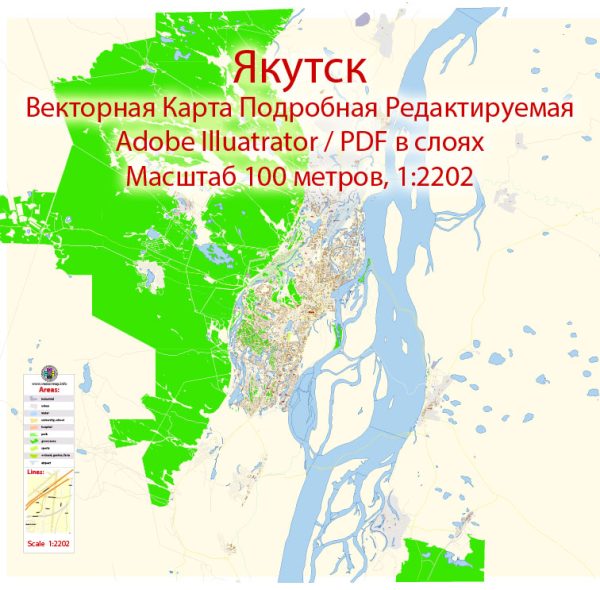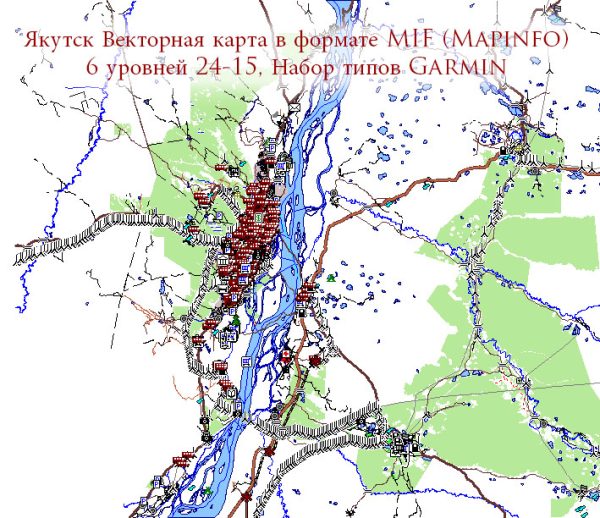Yakutsk, the capital city of the Sakha Republic (Yakutia), is one of the coldest and most remote cities in the world. Its history of urban development is closely tied to the challenging climate, natural resources, and the indigenous cultures of the region.
- Early Settlements and Indigenous Peoples: Yakutsk is located on the Lena River in northeastern Siberia. The area has a long history of human habitation by indigenous peoples such as the Yakuts, who are Turkic in origin. Before the arrival of Russians, these nomadic herders and hunters had established seasonal settlements along the Lena River.
- Russian Exploration and Foundation: Russian explorers and fur traders began to penetrate the region in the 17th century. In 1632, a Cossack named Pyotr Beketov established a fort on the Lena River, which marked the beginning of the city. The fort served as a center for fur trade and a base for further Russian expansion into the region.
- City Development and Growth: Despite the harsh climate, Yakutsk continued to grow as a regional administrative and trade center. The city played a crucial role in the Russian colonization of Siberia. Over time, it became a hub for fur trading, gold mining, and other resource-based industries.
- Architectural Challenges: The extreme cold temperatures in Yakutsk presented unique challenges for urban development. Buildings had to be constructed to withstand the severe winter conditions, and the city’s infrastructure had to adapt to the permafrost that characterizes the region.
- Soviet Era: The Soviet era saw significant development in Yakutsk, with the establishment of industrial facilities and the expansion of infrastructure. The city became a major administrative, cultural, and educational center in the region. However, the harsh climate and remote location continued to pose challenges.
- Contemporary Times: Yakutsk has faced various challenges in recent times, including environmental issues and the impact of climate change on permafrost. Efforts have been made to modernize the city’s infrastructure, improve housing conditions, and diversify the economy beyond resource extraction.
- Cultural Heritage: Yakutsk is home to a rich cultural heritage, with influences from both Russian and indigenous Yakut cultures. The city hosts museums, theaters, and cultural events that showcase the history and traditions of the region.
- Economic Activities: The economy of Yakutsk is still closely tied to the extraction of natural resources, including diamonds, gold, and other minerals. Additionally, the city serves as a transportation hub for the region, with the Lena River providing a crucial waterway during the ice-free months.
Despite its challenging environment, Yakutsk stands as a testament to human resilience and adaptability in the face of extreme conditions. The city continues to evolve, balancing modernization with the preservation of its cultural and historical identity.



 Author: Kirill Shrayber, Ph.D.
Author: Kirill Shrayber, Ph.D.